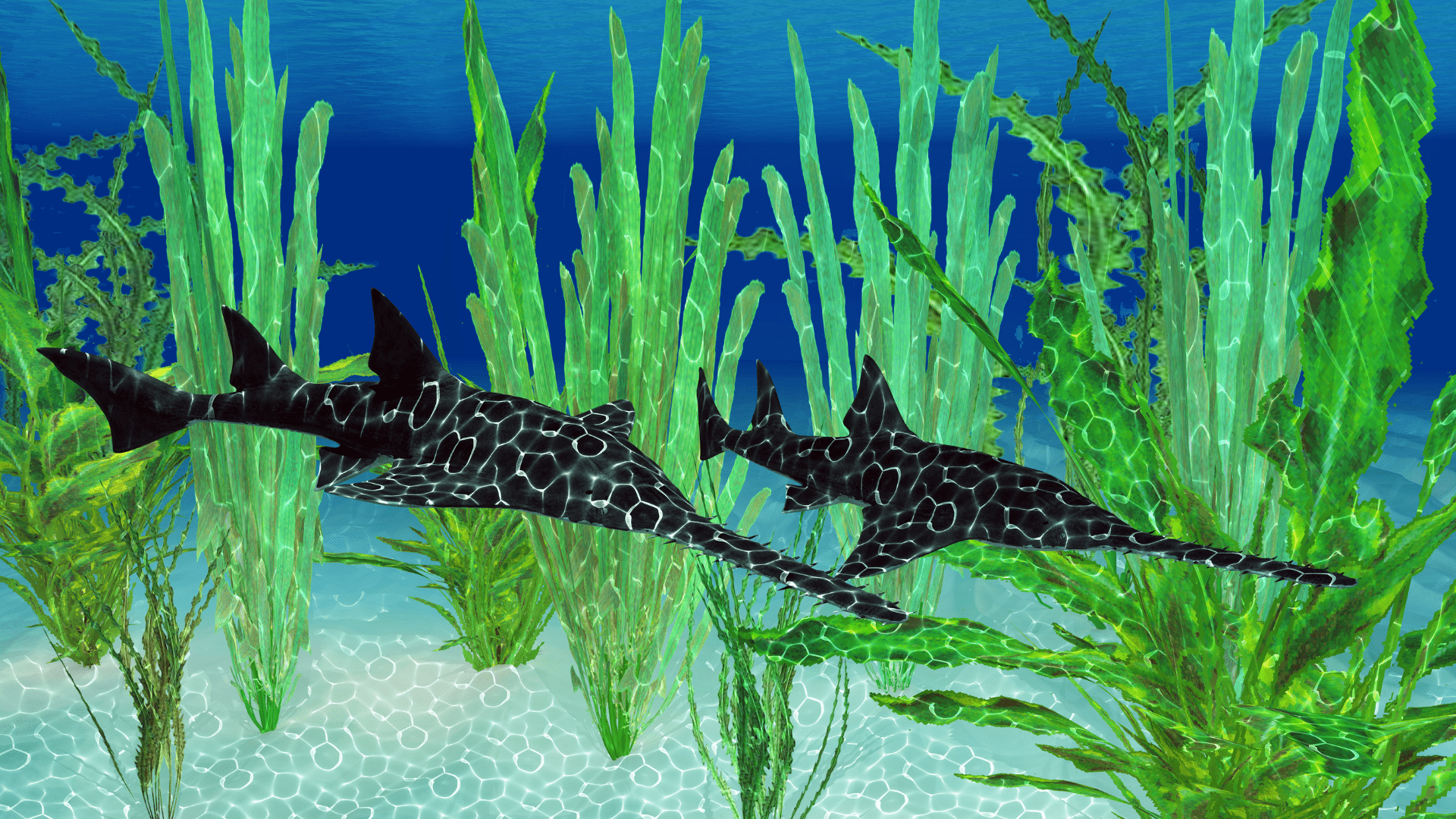Its intestine is corkscrew-shaped, it breathes through two holes located behind its eyes, it has no teeth and it can reproduce without sex.
Elasmobranchs (from the Greek elasma, metal) are fish with a cartilaginous skeleton, much softer than the bony one, and whose body is covered with dermal denticles that are responsible for its very rough texture, similar to sandpaper.
Cartilaginous fish, unlike bony fish that are usually flattened laterally, are flattened in the dorso-ventral axis. Sharks, mantas, and rays belong to this group. Sawfish ( Pristis pristis ) is related to the latter, although they are commonly known as ‘saw sharks’ because their snout resembles that of sharks.
Despite their rambunctious appearance, sawfish are very docile animals that pose no danger to humans.
of nocturnal habits
These animals are characterized by having a large body and a snout (rostrum) from which extensions emerge, generally between 14 and 25, reminiscent of a chainsaw and that look like teeth, but are actually modified scales. The color of its back ranges from gray, olive green, and yellow, while its belly is whitish.
They have a corkscrew-shaped intestine, they lack a swim bladder and lungs, so they have no choice but to breathe through the gills, which are connected to the outside through slits or spiracles located behind the gills. eyes.
They usually establish their habitat in places near the coast, even penetrating estuaries and traveling long distances upstream. In some cases, their existence has been documented in rivers and lakes for long periods.
Pristis is nocturnal, sleeping during the day and hunting at night, with a special inclination towards sandy soils, where it locates most of its prey.
A multipurpose muzzle
It has been observed that in order to capture them, it dedicates itself to “raking” the sand, revealing crustaceans, crabs, and shrimp, which it devours without mercy. At other times, it uses its snout as a weapon, shaking it from side to side several times a second, impaling its catches, ultimately dealing them a fatal blow.
The snout is also a great sensor that it uses to detect the presence of life. Through its thousands of sensitive endings, which act as electroreceptors, it is capable of perceiving the heartbeat of any animal that tries to go unnoticed under the sand.
As if all this were not enough, the snout is also a defensive weapon that it uses to protect itself from sharks and dolphins, its main predators.
They reproduce without sex
A few years ago it was discovered that some young of these fish had been born through parthenogenesis, a type of asexual reproduction in which the egg does not need to be fertilized for the development of an embryo.
This sensational finding took place in an estuary in Florida (United States) in fish of the species Pristis pectinata – known as comb sawfish. In them, the segmentation of the ovule began without the participation of the male thanks to environmental, biological, or chemical factors.
This form of reproduction could represent an evolutionary guarantee to maintain the species since it is in danger of extinction. Curiously, one of the reasons for its biological threat is its snout, which gets entangled in fishing gear, favoring its capture.






